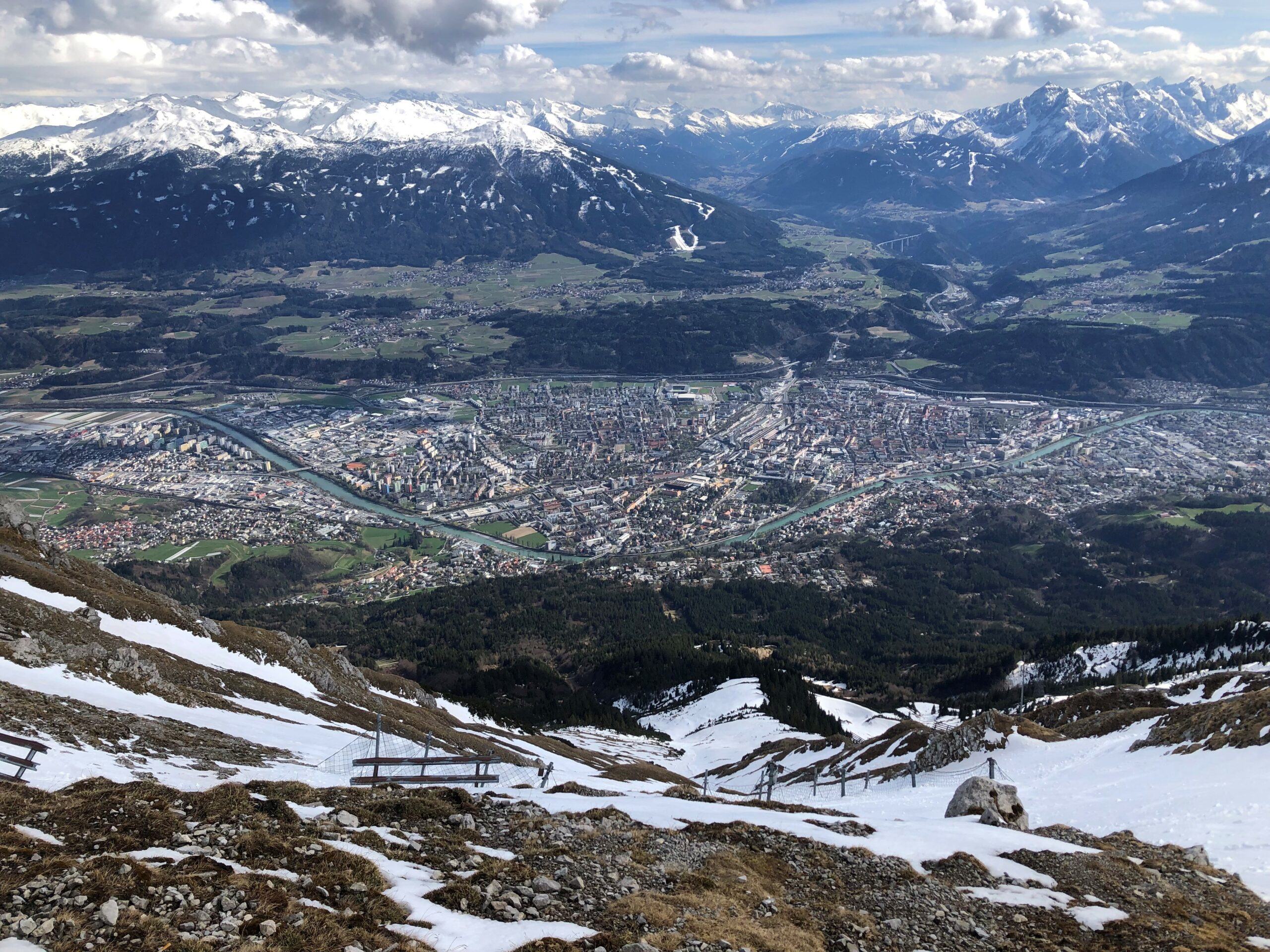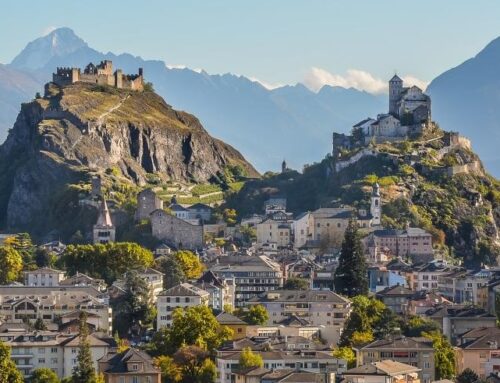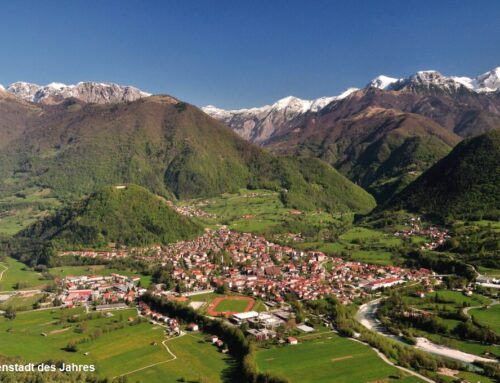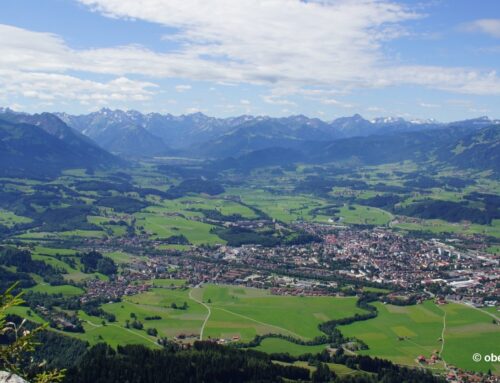In April, the ad hoc working group for the elaboration of the 9th Report on the State of the Alps gathered for a final meeting to discuss the results of the report in Innsbruck. On this occasion, Dr. Wolfgang Andexlinger, Head of the Office for Urban Planning, Urban Development and Integration in Innsbruck, presented the challenges Innsbruck is facing in terms of sustainable urban development and which innovative ideas can be implemented in response. For this purpose Innsbruck has developed a new spatial planning concept. It summarises the principles and objectives of Innsbruck’s urban development over the next ten years.
With more than 160’000 inhabitants, Innsbruck is one of the three largest Alpine towns in the Alpine perimeter. It is a vibrant city with 35’000 students and is expected to grow by another 10’000 people by 2030. Population growth is also expected for the metropolitan area of Innsbruck. This raises needs for jobs, education, and other municipal services, but also mobility is a key issue. The impressive mountain landscape surrounding Innsbruck leads to various topographical challenges for the city. 535 metres in altitude lie between the lowest and highest inhabited point of Innsbruck, which, among other things, makes the connection of traffic within the different altitudes a key issue. In addition, the narrow valley basin and the sensitive, high alpine landscape lead to restrictions in spatial development possibilities. Besides, life in the Alpine region was and always will be a life with natural hazards. Mudflows, avalanches, rockfalls or floods are only some (examples) of the natural hazards occurring in Innsbruck. Due to climate change, it is predicted that these threats will only increase in the future.
These circumstances call for a coherent and strategically coordinated response. For this purpose, a local spatial planning concept was developed. The concept has been elaborated over the last few years together with representatives from public authorities, policymakers, experts and the local population. It outlines the principles and objectives for Innsbruck’s spatial development over the next ten years. The following objectives for spatial development are of primary concern:
- Economical use of land
- Settlement development inwards, with moderate peripheral growth
- Preservation and development of a functional open and green spatial system within the already built-up area.
- Spatial coordination of settlement, transport and recreational development with neighbouring municipalities
These objectives are intended to contribute to collectively tackling the spatial and urban planning challenges described above and to provide guidance for further decisions in city development. For more insights on what challenges Alpine towns face and how they could look like in the future, you can have a look at the 9th Report on the State of the Alps “Alpine towns”, which will be published in autumn.




